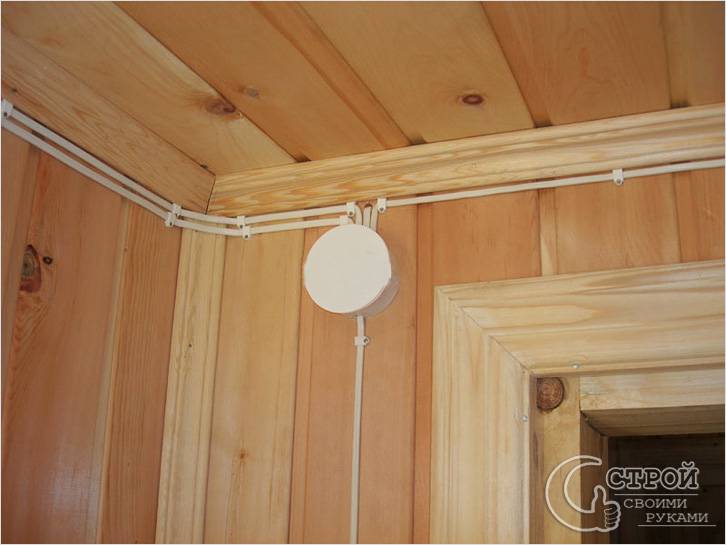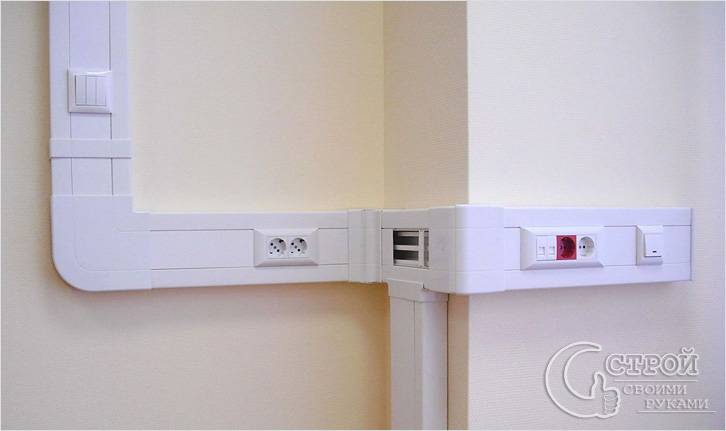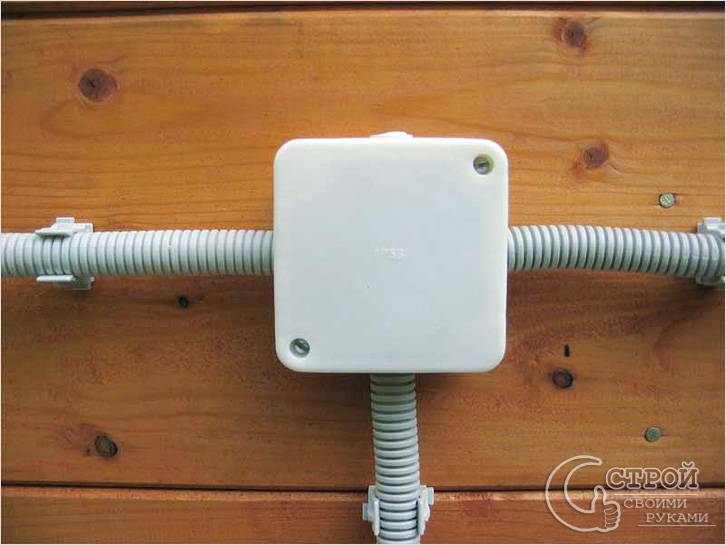Do-it-yourself wiring in the house
When working with electricity, it is extremely important to follow a number of rules and precautions, since electric current can harm human health and life. That is why when installing the wiring in the house with your own hands, it is important to remember them and be well aware of the features of handling conductive devices.
Safety basics
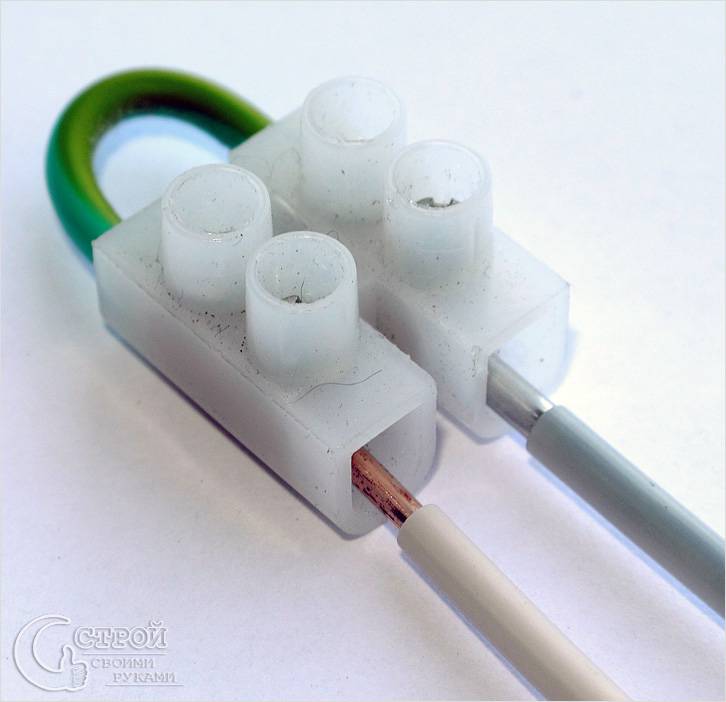
Types of wiring
For laying indoors, 2 types of wiring are used: open and hidden. Each of them has its own advantages and disadvantages and this must be taken into account when choosing.
Open wiring can be pulled anywhere on the wall, since it is covered with special boxes and protective elements for convenience and safety. There is always access to it for repair or connection of additional elements of the electrical network. However, this view does not look very aesthetically pleasing indoors, and it is undesirable to decorate it with wallpaper or cornices - this increases the risk of fire. This method is used only if it is not possible to lay the cables in a closed method.
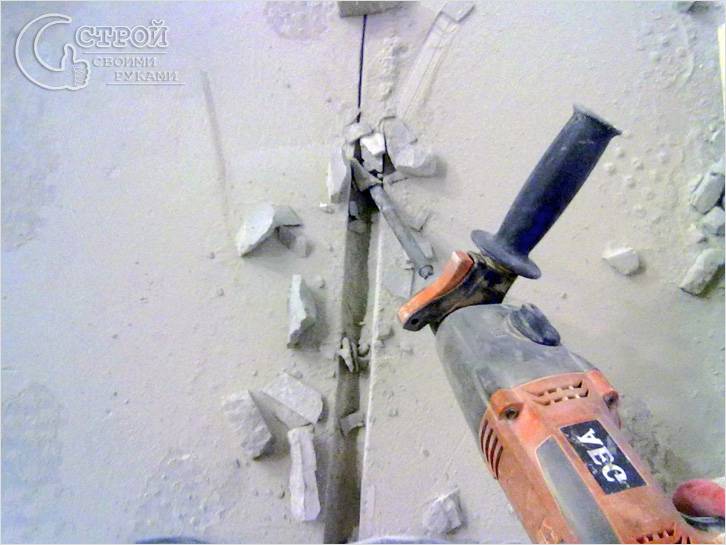
Hidden wiring is hidden in special strobes that break through the walls. Sometimes the nets are placed in boxes and hidden under plaster or other wall finishes. In the future, this type of electrical wiring is difficult to repair, because finding a damaged area is quite problematic, for this it is necessary to carefully dismantle the coating and only then carry out repair work. If you have a closed installation, then when drilling the walls it is important not to damage the cables. This method does not spoil the appearance of the walls during operation, but with each repair you need to be prepared for additional costs for restoring the coating.
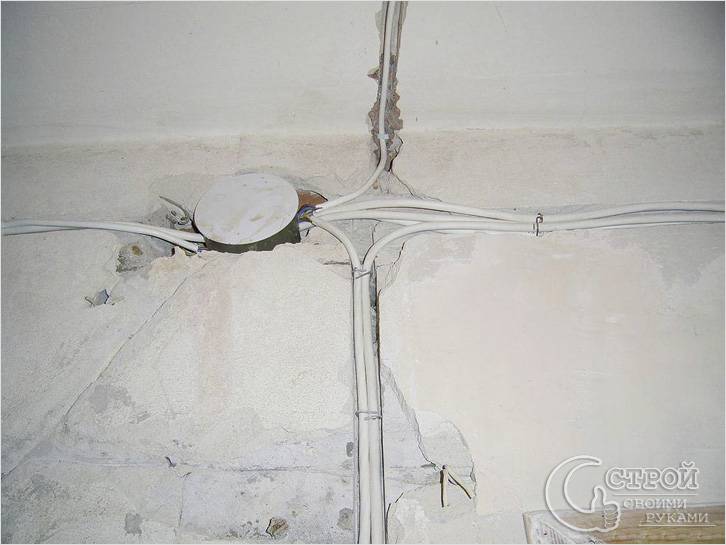
Often, a combined type of laying is used, when important connections are left in sight, and the rest of the wires are hidden in strobes.
Preparation for work
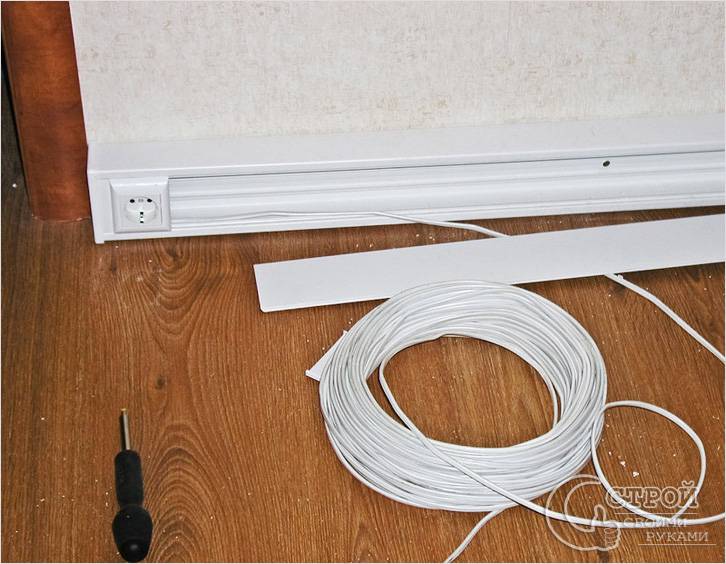
Before starting work, a detailed wiring diagram and the location of electrical appliances are drawn up. The main elements here are:
- wires;
- counters;
- protective devices, fuses and relays;
- mounting or mounting boxes.
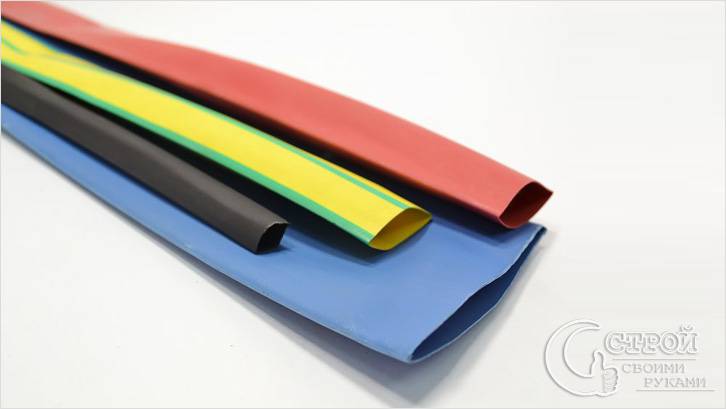
Additionally, they also purchase adapters for connecting wires, insulating tape and testers. From the tools you will need screwdrivers with indicators, pliers, a grinder and dielectric gloves, in which it is necessary to work on connecting cables.
House wiring installation
Work begins with the installation of the meter, then protective devices are installed. After that, it is necessary to break through the strobes under the nets, this is done with the help of a grinder or a chisel. Wires are laid in the finished recesses and fastened with special loops. From above, everything is closed with a plaster or alabaster mixture.
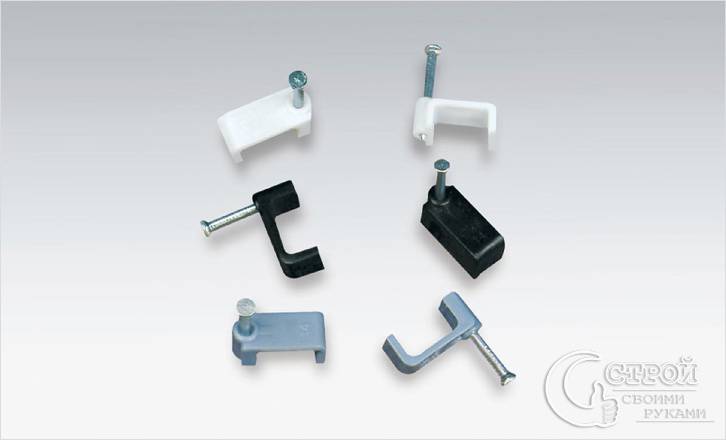
In the case of open mounting, the networks are attached directly to the walls with special wiring brackets, and then closed with boxes.
Note! In a wooden house, it is safer and easier to carry out open wiring.

For sockets and switches, recesses are made with a drill or puncher. Socket boxes are also attached with alabaster or putty. In the same way, boxes for connections and wiring are also attached. After connecting and connecting all the elements, it is necessary to check the health of the network.
Video
See below for wiring instructions:
Photo
